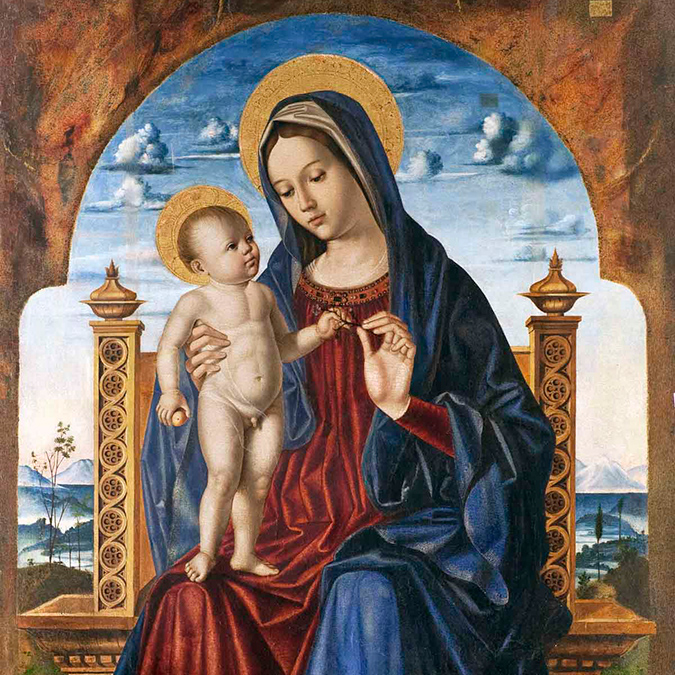
Antonello de Saliba, Virgin with the Child
Antonello di Saliba, Virgin with the Child: The pigment analysis and other relevant information on this Renaissance painting.

Antonello di Saliba, Virgin with the Child: The pigment analysis and other relevant information on this Renaissance painting.
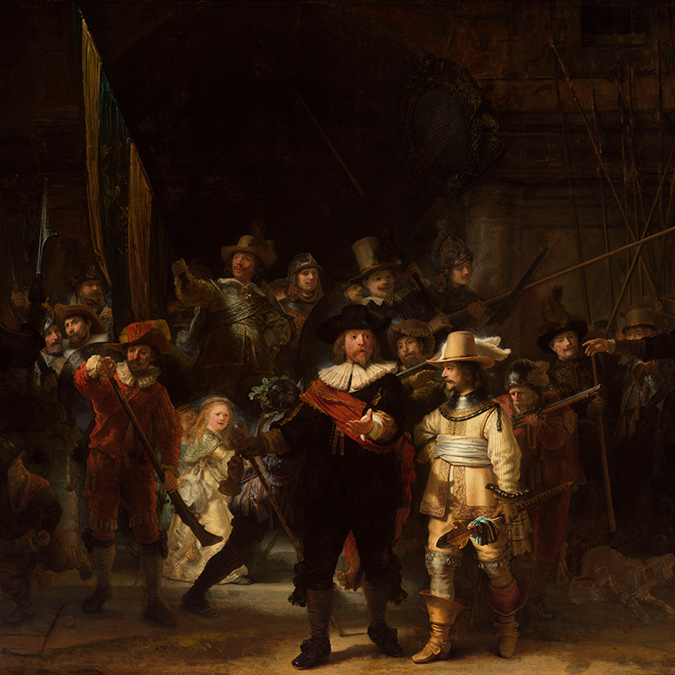
Rembrandt, The Night Watch: Pigment analysis and other relevant information on the painting technique and pigments used by the painter.
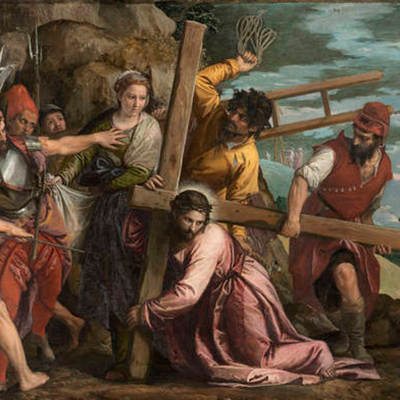
Veronese, Christ bearing the cross, produced around 1571 on commission for the Cuccina family of Venetian cloth merchants.
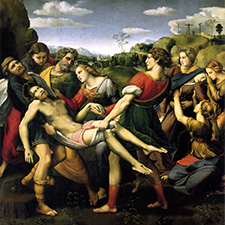
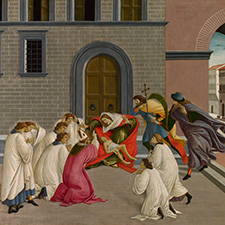
Sandro Botticelli, Three Miracles of Saint Zenobius depicts episodes from the life of the patron saint of the city of Florence.
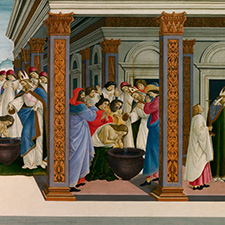
Sandro Botticelli, Four Scenes from the Early Life of Saint Zenobius is one of the series of four paintings depicting episodes from the life of the patron saint of the city of Florence.
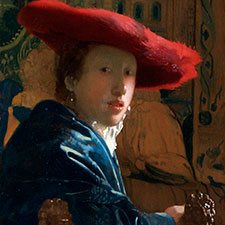
Johannes Vermeer, ‘Girl with a Red Hat’ is one of the two Vermeer’s paintings painted on a wooden panel and is his smallest but one of his most beloved works.
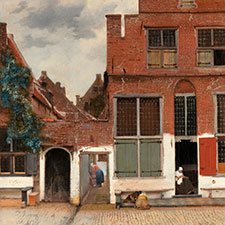
Vermeer, ‘A little street’ is an unusual painting in Vermeer’s work and also in its time showing an unspectacular line of ordinary houses.
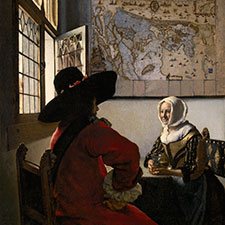
Vermeer, ‘Officer and Laughing Girl’ is one of his first mature works showing masterful handling of light and space and deliberate choice of pigments.
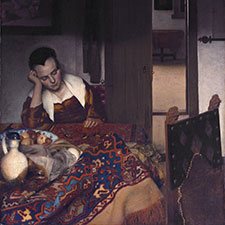
Vermeer, ‘A Maid Asleep’ is most probably the first of Vermeer’s genre paintings depicting a woman or a girl in a household setting.
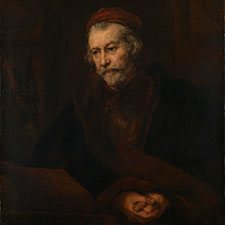
Rembrandt, ‘An Elderly Man as Saint Paul’ shows the apostle with a book and a sword as his attributes.
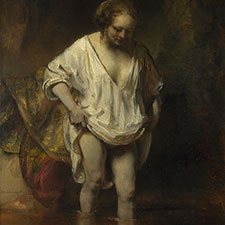
Rembrandt, A Woman bathing in a Stream is an exceptional work in its spontaneity and perfection. The model is most probably Hendrickje Stoffels.
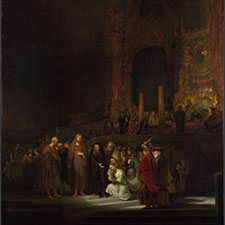
Rembrandt, The Woman taken in Adultery a masterful depiction of the well-known Bible story showing an exceptional handling of color.
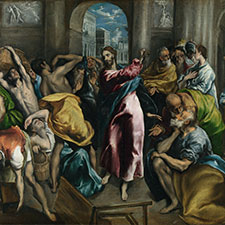
El Greco, Christ driving the Traders from the Temple: The scene is unusual in that it is the only occurrence where Christ resorted to physical violence.
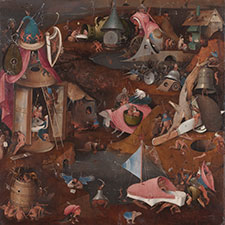
An extensive collection of information on the pigment analysis and other artistic and technical aspects of Hieronymus Bosch, The Last Judgement.
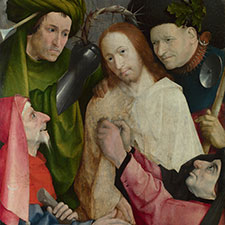
‘The Crowning with Thorns’ is a depiction of another biblical scene (John 19:1-3) with the tormentors of Christ painted in close detail which was rather unusual in Bosch’s time.
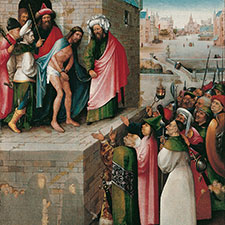
An extensive collection of information on the pigment analysis and other artistic and technical aspects of Hieronymus Bosch, Ecce Homo.
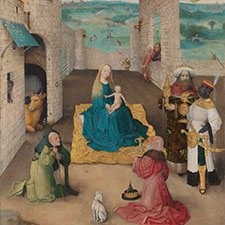
An extensive collection of information on the pigment analysis and other artistic and technical aspects of Hieronymus Bosch, The Adoration of the Magi.
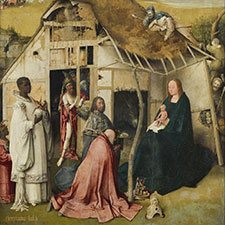
An extensive collection of information on the pigment analysis and other artistic and technical aspects of Hieronymus Bosch, The Adoration of the Magi.
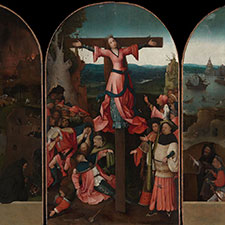
Pigment analysis and other pertinent information on Hieronymus Bosch, Saint Wilgefortis Triptych: a depiction of the crucifixion of a female Saint.
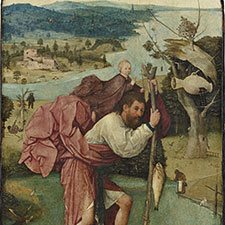
An extensive collection of information on the pigment analysis and other artistic and technical aspects of Hieronymus Bosch, Saint Christopher.

An extensive collection of information on the pigment analysis and other artistic and technical aspects of Hieronymus Bosch, Saint John on Patmos.
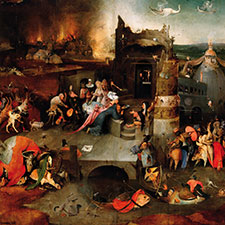
One of Bosch’s most important work with unusually complex genesis and dramatic changes to the composition.
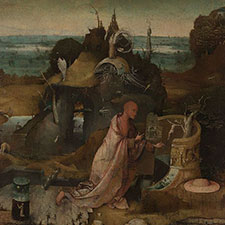
The triptych shows three saints living in solitude and prayer. The pigment analysis revealed a limited palette of the usual pigments of the Renaissance period.
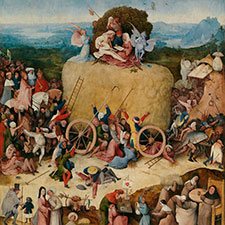
An extensive collection of information on the pigment analysis and other artistic and technical aspects of Hieronymus Bosch, The Haywain Triptych.
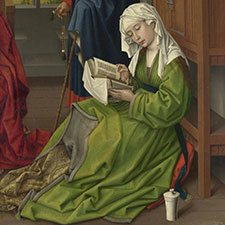
The painting shows Mary Magdalene with Saint Joseph in the background and the bare feet of Saint John to the left.
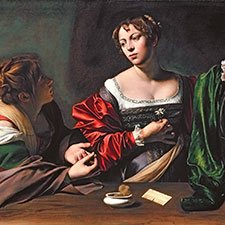
One of the most convincing depictions of the biblical scene where Martha is in the process of converting Mary Magdalene to the life of faith and virtue.
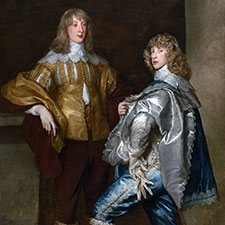
A late portrait of the two sons of the 3rd Duke of Lennox. The pigment analysis casts light on the elaborate handling of painting materials in the costumes of both young men.

One of the largest paintings in the National Gallery London. The pigment analysis shows how Van Dyck achieved the subdued tonality and subtle colours.
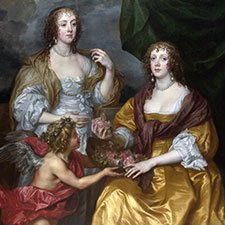
This double portrait of two sisters, daughters of Thomas, Viscount Savage was painted in England. The interactive pigment analysis allows deeper insight into Van Dyck’s working methods and his masterful depiction of the draperies and flesh tones.
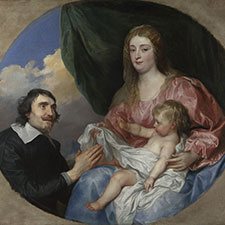
The pigment analysis reveals a palette of rather vivid colours. Van Dyck employed the usual pigments of his time, such as ultramarine, red lake, lead-tin yellow, vermilion and indigo.
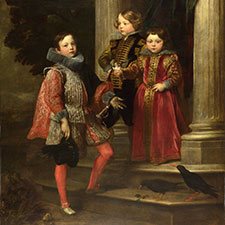
The pigment analysis and the investigation of the painting reveal a very elaborate glazing technique which Van Dyck had not used in his later work.
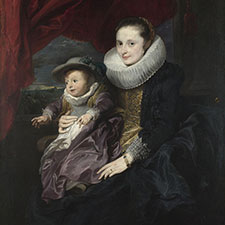
The pigment analysis reveals a masterful depiction of the draperies and dresses.
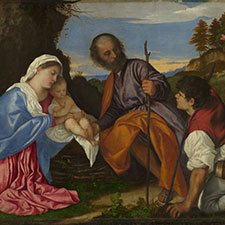
The pigment analysis reveals a very extensive palette typical of the Renaissance period and also Titian’s elaborate painting technique.
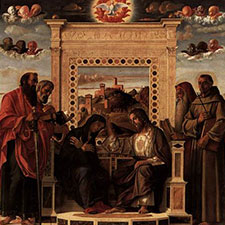
A thorough scientific investigation and pigment analysis uncovered an extensive palette with several rare pigments such as indigo, realgar and orpiment.

Analysis of pigments by advanced scientific methods revealed interesting aspects of Michelangelo’s painting technique.
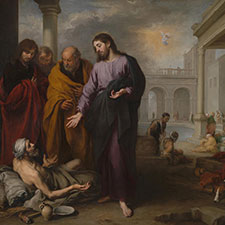
The pigment analysis reveals the usual pigments of the 17th century with smalt and carmine partially degraded in several areas.
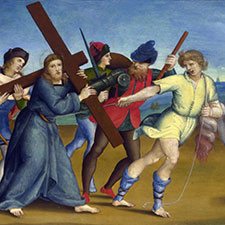
Illustrated pigment analysis gives a thorough insight into Raphael’s technique, his choice of materials and his handling of colour.
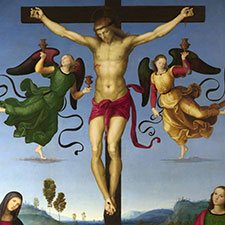
Illustrated pigment analysis describing a rich palette of well known pigments such as vermilion, verdigris and ochres and also the rare orpiment.

The pigment analysis shows a rich palette of Renaissance pigments including ultramarine, verdigris and the very rare powdered metallic bismuth.
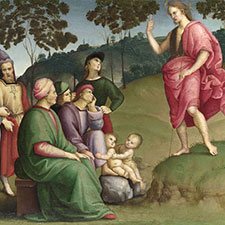
Pigment analysis reveals typical pigments employed by Raphael such as ultramarine, lead-tin yellow, azurite and verdigris.
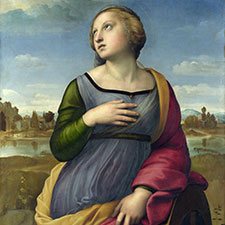
The pigment analysis shows a rich palette of Raphael’s usual pigments such as ultramarine, azurite, lead-tin yellow and ochres.
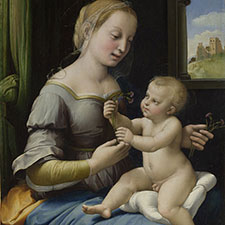
Pigment analysis shows Raphael’s use of two very rare pigments: metallic gold and metallic bismuth.
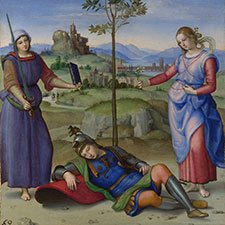
An exhaustive pigment analysis reveals a rich palette of the usual Renaissance pigments but also includes the rare orpiment.
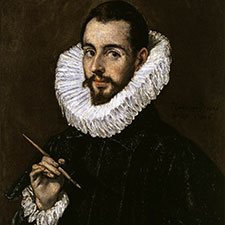
The portrait of the artist’s son painted with El Greco’s usual pigments such as carmine, azurite, umber, vermilion and ochres.
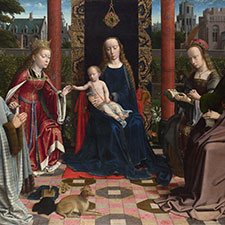
The pigment analysis reveals a limited Renaissance palette with elaborate paint layers and masterful handling of colour.
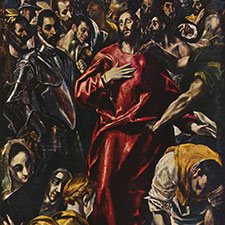
The Munich version of Disrobing of Christ is the best later rendition of El Greco’s original composition in the Cathedral of Toledo.
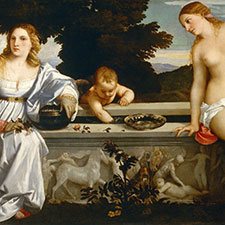
Pigment analysis and an extensive collection of other relevant information, and resources on Titian, Sacred and Prophane Love
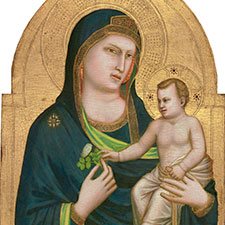
Pigment analysis and other pertinent information on Giotto, Madonna and Child showing a byzantine background in gold leaf.
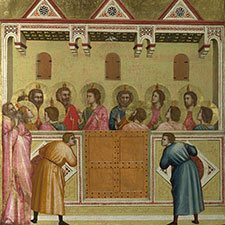
The investigation of Giotto’s Pentecost revealed an unusual method of gilding and also the probable use of the very rare red pigment dragon’s blod.